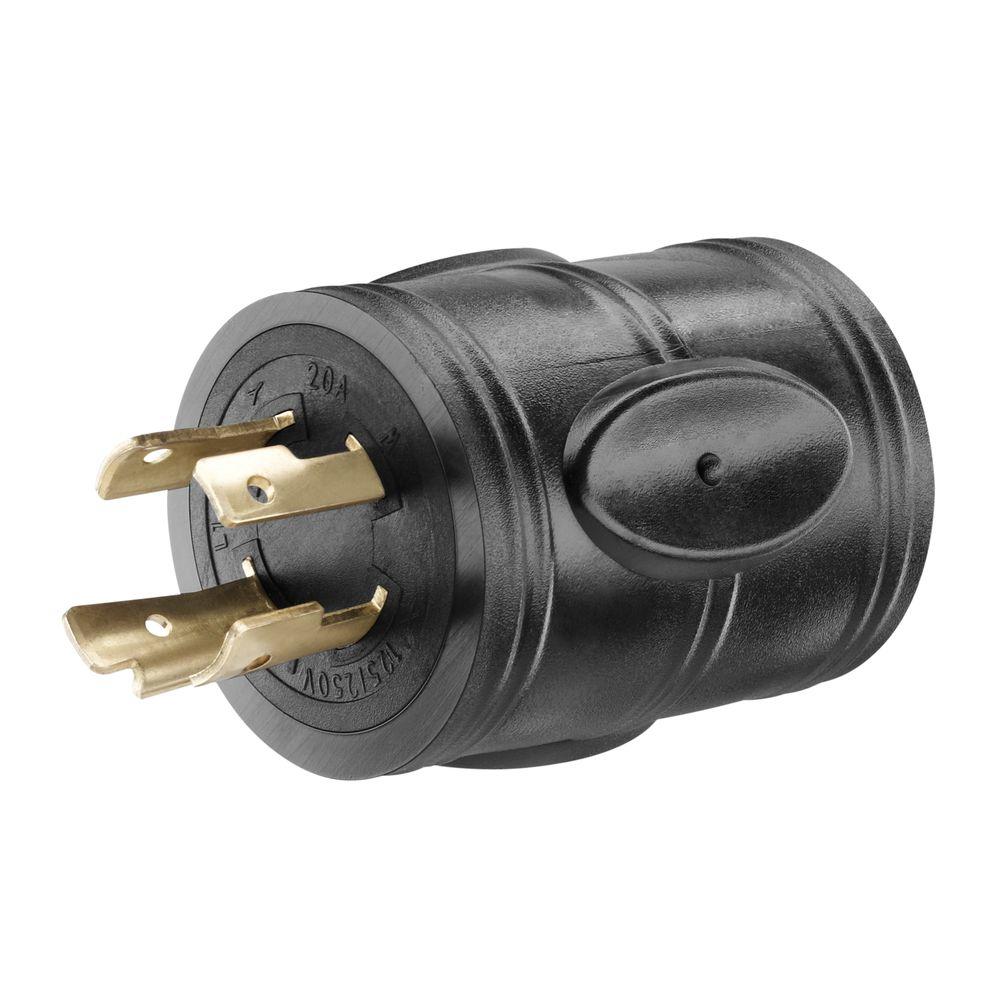

To unplug, or change the wiring, you must unbolt the wiring nuts from the appliance. In countless cases, these appliances (most often water heaters, furnaces, and ovens) are hard-wired, meaning you cannot unplug them. 240-volt powered devices include the following home appliances: The first version is what’s currently used in newer homes with an older version that does not have a ground wiring These 240 outlets and their corresponding plugs are much larger than the standard 110 outlets used for most electronic devices. There are two primary types of 240 plugs.

For What Electronic Devices Is a 240 Powered Line Used? A house will have two phases of hot wires while also having a neutral (for recycling unused electricity) and a ground wire - in newer homes (for safety reasons). Historically, 240 has been referred to as 220, because the voltage range starts in the two-twenties.īoth phases (A & B) are fed into the house from the streetside power source.
#240 volt plug in install#
Better yet, call an electrician - 1-7to help you safely repair or install electrical components around your home.Ī 240-volt outlet is a power line with two 120 volt lines (Phase A & Phase B) with an acceptable range of voltage from 228 volts to 252.

The main cost is the labor if you think you might want to charge faster someday.Ī LEAF you could actually put on a 40amp circuit and still obey the 80% rule charging it all out but to avoid confusing a future owner or even yourself in the future I'd just put it on a 50amp.Warning: Before you work on any aspect of your electrical system, make sure you’ve turned the power source off. So basically I'd limit to pulling 40amp on a 50amp crrcuit for charging (tesla can limit if ones Tesla can pull that much it varies by model).īasically are you going to live there a long time, do you want to future proof against capabilities of future cars? I went for 50amp figuring some future 500 mile battery or whatever I'll still just charge at 40Amp (I can limit at my EVSE) and get enough to do around town driving quickly enough. A Tesla wall charger can pull 48AMP with a modern Tesla car so they typically recommend 60AMP breaker. A LEAF is not capable of passing 80% but other cars on powerful enough EVSEs can. I just want to remind you of the 80% rule meaning a circuit should not run for long periods of time at more than 80% (short time at max is OK but not hours charging). But when we had our leaf we kept a cheap chinese L2 EVSE in the bag.Ī standard NEMA 14-50 with a 50AMP breaker is usually good enough. We have now set our EVSE as permanent and bought a second one for keeping in the car. Nothing wrong with hardwire but using a stove plug is great for versatility. Different cars charge from different points on the car. We used a 15 foot 50 amp RV extension cord and vented conduit to get it to the side of the garage we want at any point in time. If it were me I would go with a 14-50 stove plug. Which type of 240 V outlet would you have installed, when starting from a clean sheet of paper, and why? We don't actually own an EVSE yet other than the Nissan OEM level 1. Therefore, hard-wiring it into the wall isn't very attractive. We're planning to have this done in two houses, actually, because we may be moving back and forth and would want to take the EVSE with us to whichever location we're currently using. I'm going to have a consultation/estimate from an electrician about running a 240 V circuit to our garage.


 0 kommentar(er)
0 kommentar(er)
